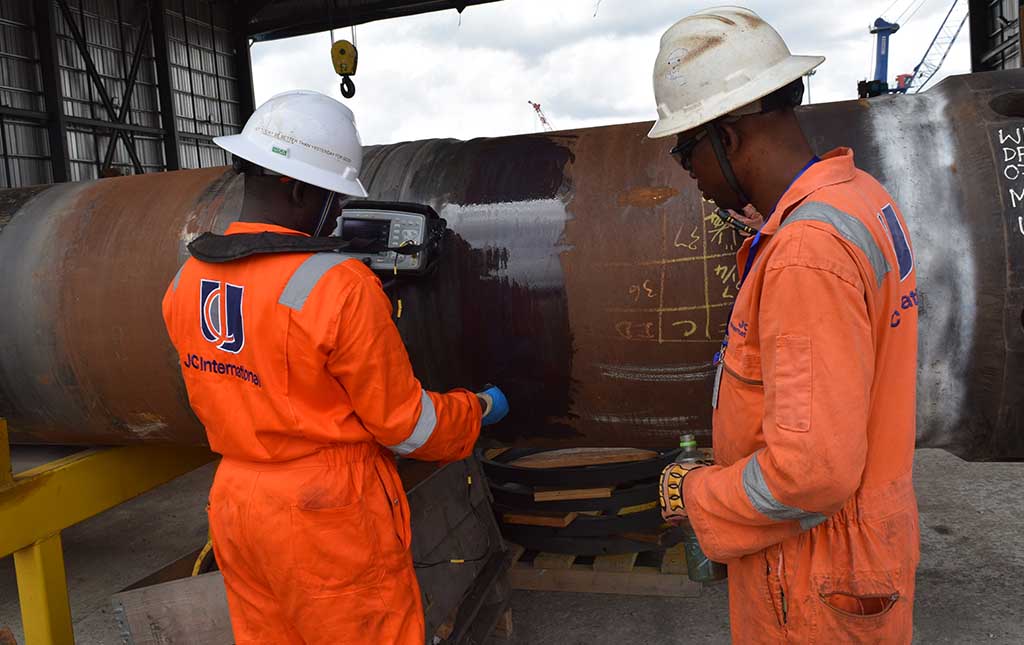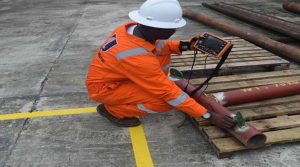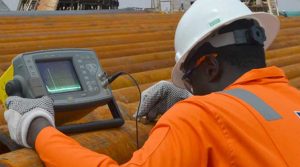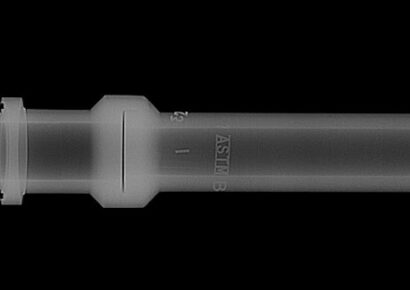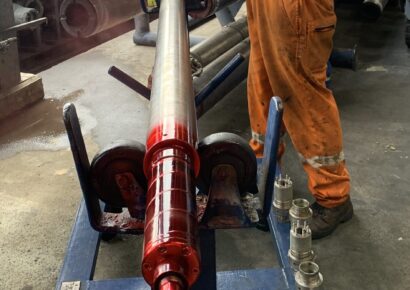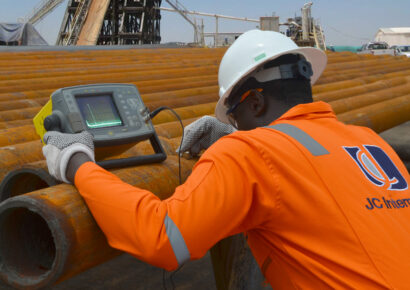Course Overview
Objective
To gain experience with and understanding of the types, advantages and applications of various NDT methods.
- Foundation: To provide students with a strong knowledge of terms, concepts, principles etc. involved in Non-Destructive Testing.
- Skills: To provide practical training in handling and testing the Non-Destructive Testing equipments.
- Data Analysis: To develop knowledge and skills for interpretation and evaluation of the results.
- Awareness and professional Ethics: To offer environment to enhance team essential skills for effective careers in the inspection profession.
Course Details
Courses Duration
Ultrasonic Testing Level I 3 days
Ultrasonic Testing Level II 3 days
UT TKY Qualification ( API-RP-2X) 3 days
Ultrasonic Thickness Gauging Level II 3 days
Scientific Principles
High frequency sound waves are send into a material by use of a transducer. The sound waves travel through the material and received by the same transducer or a second transducer. The amount of energy transmitted or received and the time the energy is received are analyzed to determine the presence of flaws. Changes in material thickness and changes in material properties can also be measured.
Main Uses
Used to locate surface and subsurface defects in many materials including metals, plastics and wood. Ultrasonic inspection is also used to measure the thickness of materials and otherwise characterize properties of material based on sound velocity and attenuation measurements.
Main Advantages
- Depth of penetration for flaw detection or measurement is superior to other methods.
- Only single-sided access is required.
- Provides distance information.
- Minimum part preparation is required.
- The method can be used for much more than just flaw detection
Disadvantages
- Surface must be accessible to probe and couplant.
- Skill and training required is more extensive than other technique.
- Surface finish and roughness can interfere with inspection.
- Thin parts may be difficult to inspect.
- Linear defects oriented parallel to the sound beam can go undetected.
- Reference standards are often needed.
Target Audience
- Level I: NDT Operators, NDT Salesmen, Anyone seeking the Basic NDT Principles and Practices.
- Level II: Engineers & QA/QC Personnel, Welding Supervisors & Inspectors, NDT Technicians & Practitioners, Qualified NDT Level I individuals who want to be qualified as Level II.
Award
Delegates attending and successfully completing both the practical and written assessments will be awarded a certificate showing compliance with SNT – TC – 1A.


